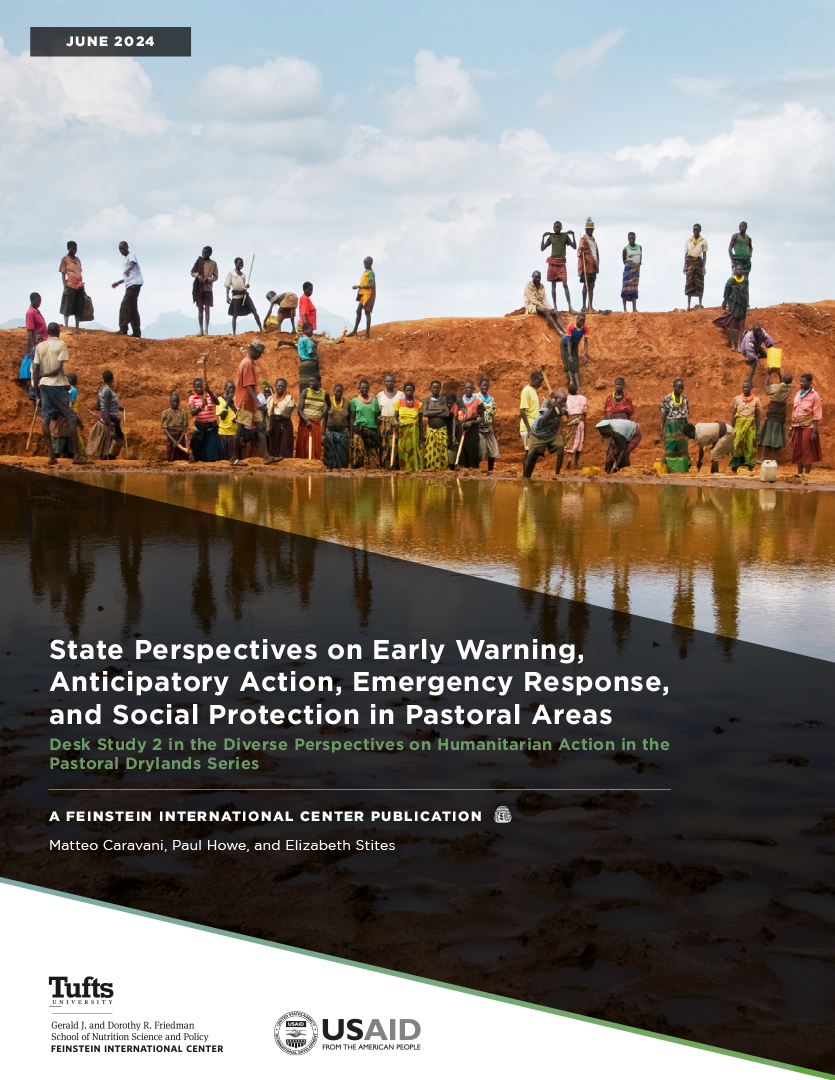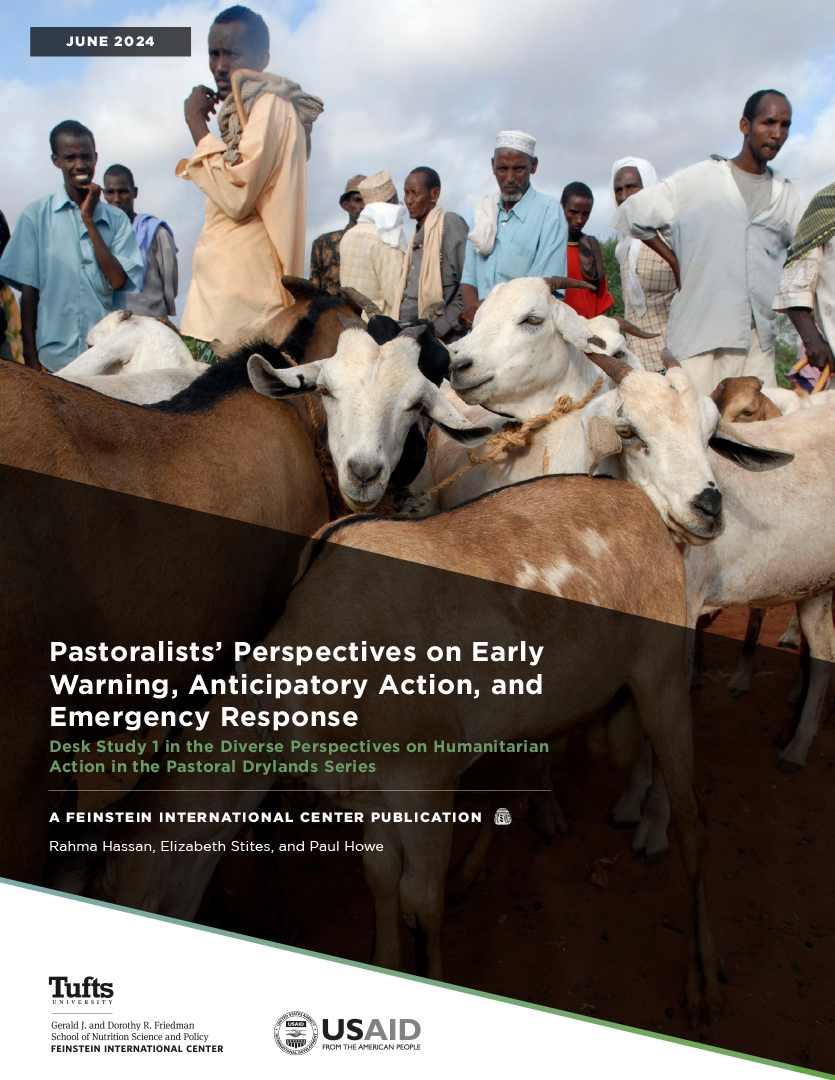The East Africa region is amongst the most food insecure areas of the world. In 2021, an estimated 34 million people in the region covered by IGAD (not including Eritrea) are experiencing acute food insecurity, requiring food, nutrition, and livelihoods assistance.
Multiple calls have been issued for better preparedness, early warning, and, above all, early action to prevent hunger and malnutrition, reduce the scale of food insecurity, improve resilience, and reduce the amount of money spent on responding to crises every year. But nowhere have these challenges been greater than in East Africa.
At the request of the FAO Subregional Office for Eastern Africa, this study was commissioned to examine the links between early warning and early action in East Africa.
For this study, we review documentation on existing systems and present analysis from interviews with information systems managers and decision-makers who rely on those systems. We also review new trends in predictive modeling and interview the people developing them.
Finally, we make recommendations to the FAO Subregional Office for Eastern Africa, to IGAD, and through FAO and IGAD to IGAD member states.
This is Report 1 in a multi-part report:
- The Executive Summary provides a brief overview of the all the reports.
- Report 2 provides a description of existing regional and national EW-EA systems.
- Report 3 deals specifically with new technology in predictive analytics and machine learning to enhance approaches to EW-EA.







